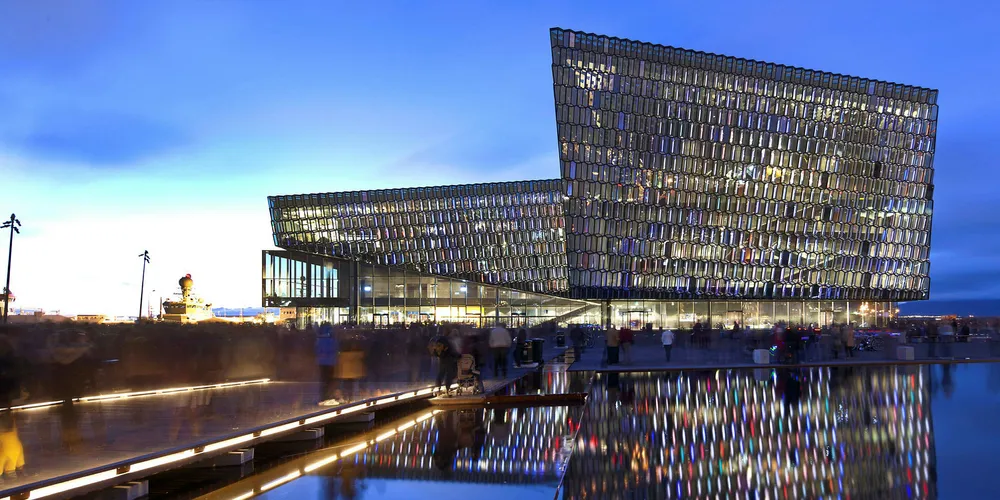World Seafood Congress 2017 blog: Certification, digitization and opening new markets
IntraFish Senior Reporter Dominic Welling was on the ground in Reykjavik, Iceland, where the focus of the 2017 World Seafood Congress was on growth in the 'Blue-Bioeconomy.'
